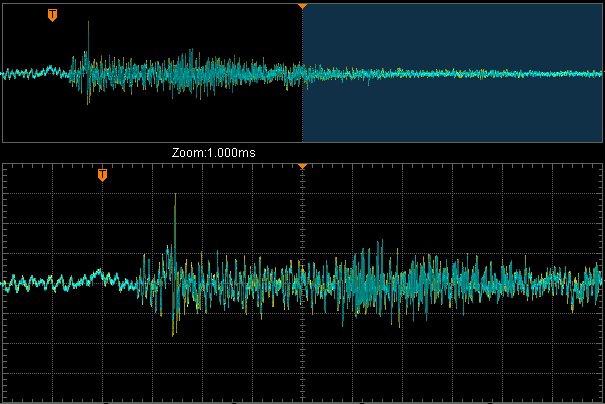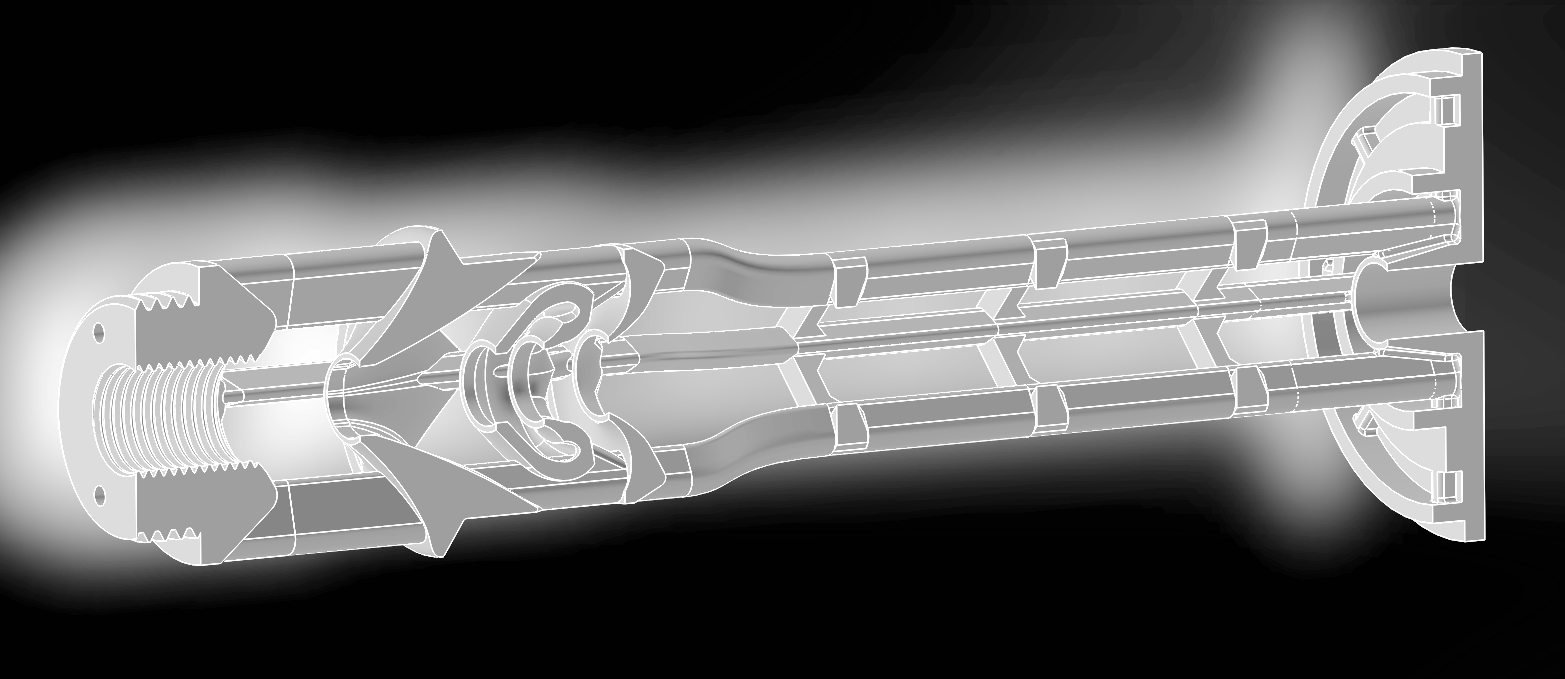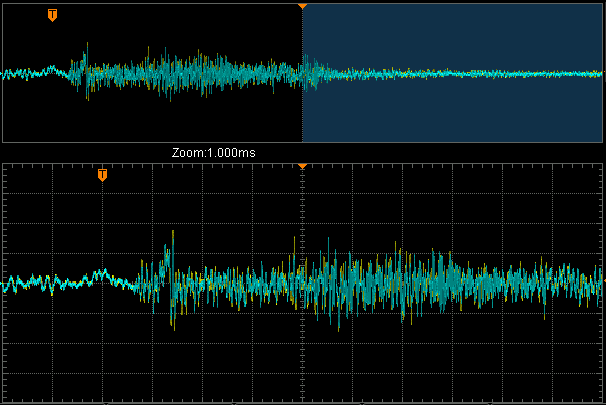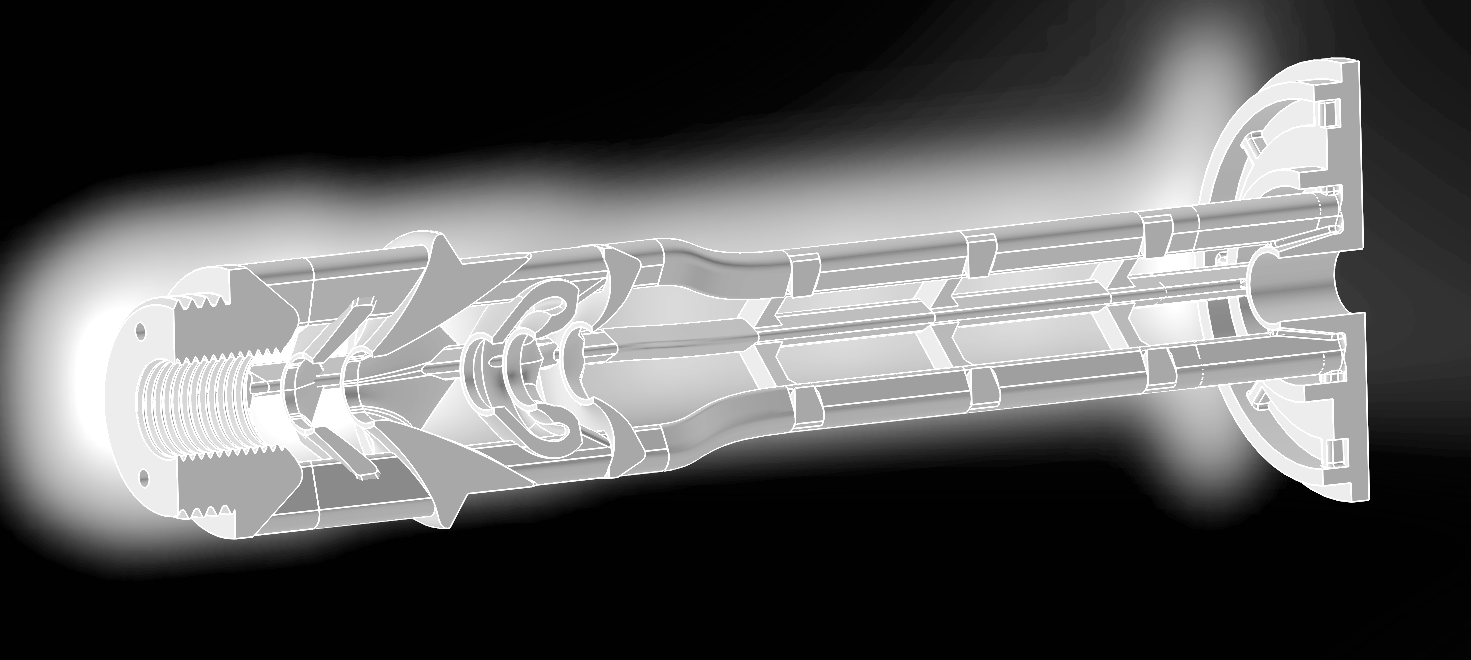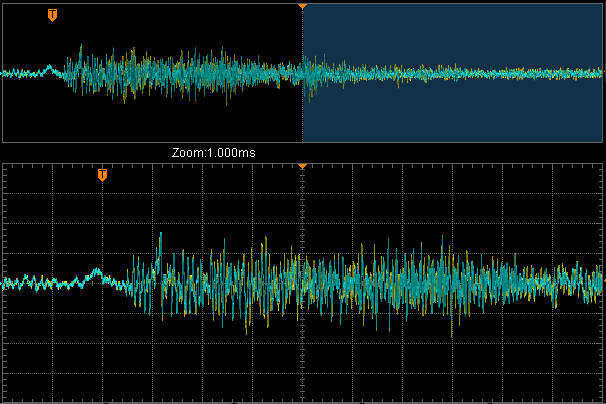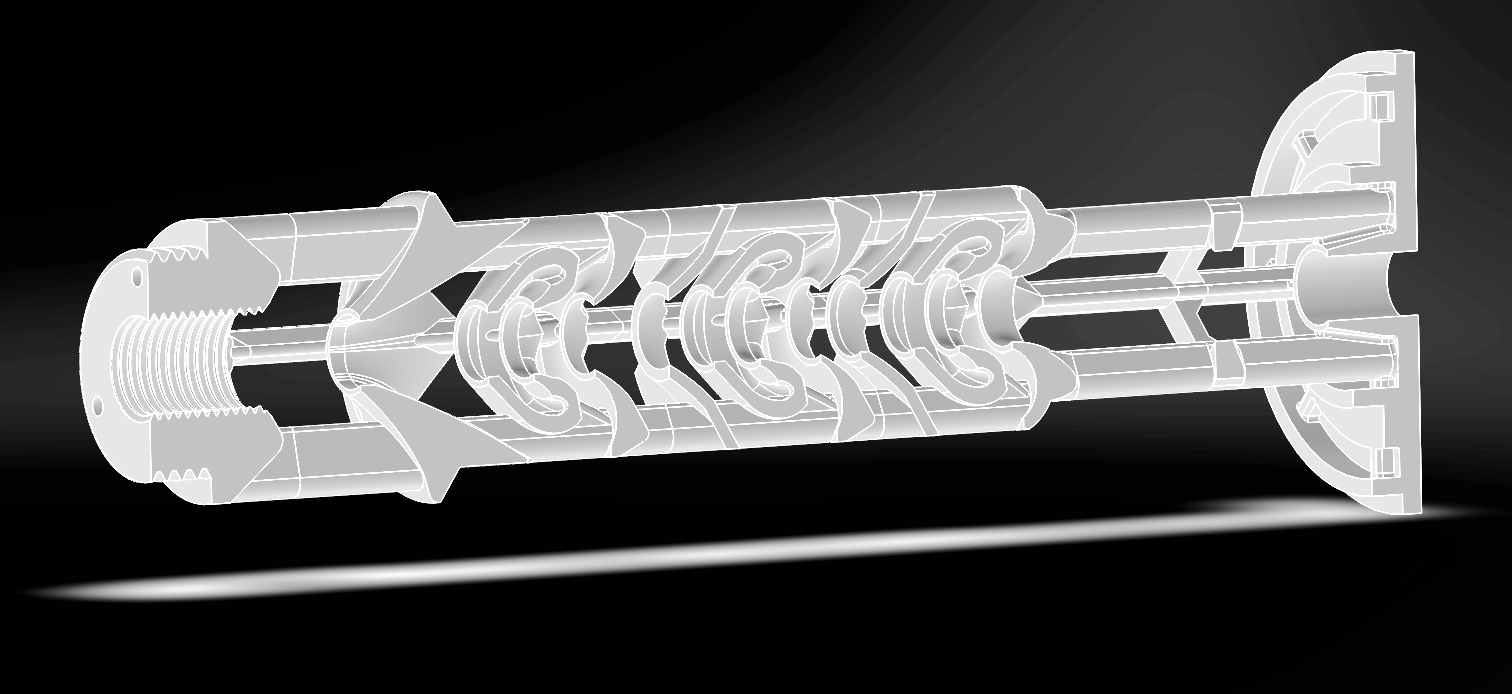Airgun Moderator Design, Performance, and Development - The Semifinal Mus Test (part 11)
Silent Thunder Ordnance
Catch the previous episode HERE.
So I'm still blundering around with this Mus design. At the moment I've entirely given up trying to get a large diameter can to work well on my .22 Crown. I'm just not going to beat the Pilum, it isn't going to happen. The Pilum is too well optimized for what it is doing to overcome the large-diameter-can disadvantage. I've gotten close-ish, but I'm flat out of ideas and nothing has any promise in terms of beating it.
On my .30 Crown though is a bit of a different story. I've still tested what feels like endless designs that are louder, but I think I'm homing in on something that'll match or beat the high-power-optimized variant of the Pilum in, not one, but two critical respects. First is, obviously, cutting the peak. At this point I don't hold out hope for beating it by much, but beating it by a whisker is something I can live with. Why? Because the second factor in how quiet a moderator sounds is post-peak-noise level. This is where some of my better Mus designs look to have an advantage over the QD Pilum. There is no escaping it, the QD Pilum is amazing at cutting the peak given its diminutive size, but given how much air it eats it still has a bit of a “whoosh” to it. So even if I can just barely match or beat the peak with the Mus, using that extra bit of space to improve post-peak-damping might just be the key to getting a not-totally-worthless large diameter design.
There is something else I want to add here, and that is I've tried a LOT of different designs to get to this point. Large baffles, small baffles, near baffles, far baffles, baffles inside baffles, tubes inside tubes, complex flow paths and geometries the likes of which you can't imagine. All failures, in one way or another. So this test here represents just a teenie weenie tiny fraction of the number of designs I've tested to try and make a working Mus. There are vastly too many failed designs and bad ideas to write up and try to explain them all. Basically, what I'm trying to say, are two things:
1) Well meaning comments suggesting “you should try....” no, I've already tried it. Intelligent and well thought out suggestions are always welcome, but realize if you're about to suggest something based on conventional wisdom, CFD, acoustic flow analysis, or a vaguely conventional design please understand it has already been tried. There have simply been too many attempts to document, that doesn't mean I've been lazy in my designing, only in my expounding.
2) This test is meant to whittle down just the last few factors as the culmination of an immense amount of research. If this doesn't work, or at least if it doesn't point directly at the final solution, I'm going to give up on the large diameter concept entirely.
So far I have never tested a large diameter design, mine or anyone else's, which performed well. As we speak I have the final two pillars of “large diameter moderator performance,” at least as far as the general airgunning community is concerned, on their way to me: the DonnyFL Ronin and Emperor. If they perform well, I'll eat my shoe and bow to the master. If they don't perform well, or if they're actually tube-within-tube or another form of sub-tube design, then..... I told you so? I guess I'm not expecting them to perform well both given the performance of the Sumo, and the summation of all the other testing I've done, but I've also been so wrong about so many things at this point really I'm prepared for anything. Crow is pretty tasty when you've eaten it enough.
All three of these designs are some flavor of concentric chamber design. A blast baffle/s deflects the majority of the initial flow and pressure to a pressure reservoir. This then slowly feeds the gas diodes which further delay the flow. Finally the dampers provide the final sound attenuation before exiting the muzzle.
Mus SD – 137.6 – Clearly this didn't work. That single diode just needed backup on an 80 foot pound gun.
Mus SD AS – 86.4 – Just a single diode still, but now with a compound air stripper. This shows some real promise, but also shows room for improvement.
Mus TD – 93.6 – Three diodes standing alone. Again this shows some promise, but isn't good enough.
I chose to highlight these three tests because they really illustrate where I ultimately went with the design. I'm afraid I've been bad about posting, so I'm writing this conclusion and posting these tests “in the future” and am about to dig into writing up the next phase of..... well of everything. More commercial design tests as well as the final Mus test. I also have received some, well lets call it “feedback,” that I was unfair to the Clague .30 in my original test; the design was intended for a .30 cal FX, not a .22 cal FX, thus testing it so under-bored is akin to “dryfire testing it.” While I'm somewhat dubious of these claims that it'll magically become quiet when dumping several times as much air through it, if gas-seal with the pellet as it passes through each baffle is critical to the design, it may well perform more adequately given lower expectations for suppression with higher power rifles. And since I have said FX .30 cal, giving it the fairest possible shake by testing it as-intended is the least I can do.

